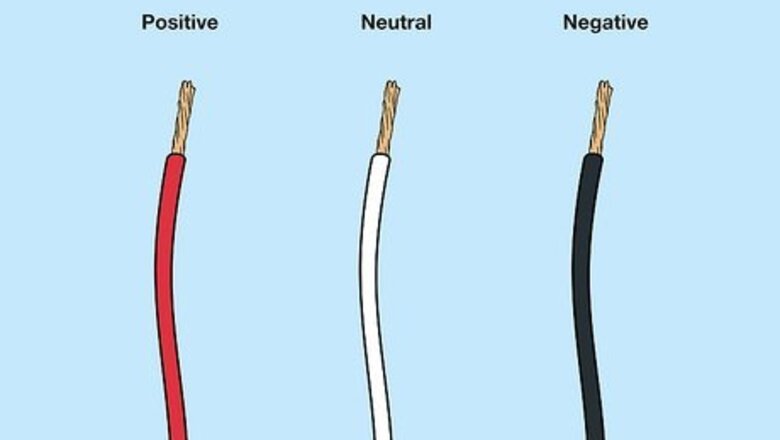
views
- For DC power, the red wire is positive and the black wire is negative.
- For AC power, the black wire is the phase 1 hot wire, which means it's positive. The red wire is a phase 2 hot wire, and the white wire is neutral.
- For exposed wire, the copper strands are positive and the silver are neutral.
Wire Colors for DC Power
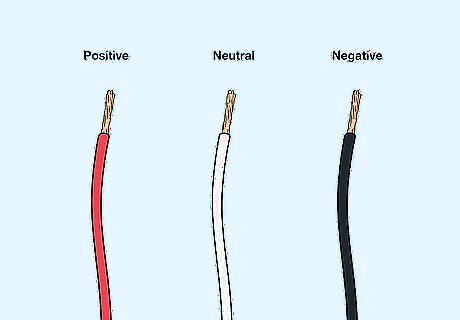
DC (direct current) powered devices usually have 2-3 electrical wires. DC power is common in batteries, solar cells, fuel cells, and small electronics. It’s called “direct current” because the electrical current only flows in 1 direction. Here’s how to tell the wire colors apart: The red wire is positive. The black wire is negative. The white wire (if present) is ground (sometimes called neutral in DC). If both wires are black but one has a white stripe, the striped wire is negative, while the plain black wire is positive.
Wire Colors for AC Power
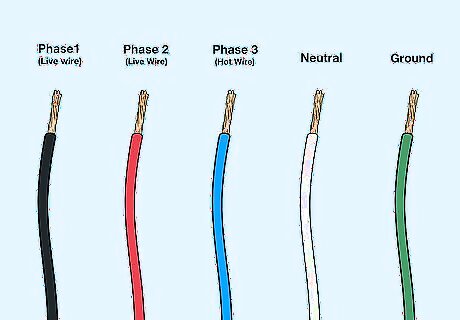
AC (alternating current) power usually has 3 or more electrical wires. AC power is what comes out of power outlets and ceiling light fixtures in standard home and office settings in the United States. Typically, AC power handles currents of 120, 208, or 240 volts. This type of wiring has multiple phases in place, but here's what you need to know: The black wire is a phase 1 “hot” wire, which means it’s a positive or live wire. This wire usually runs to the electrical outlet from the switch. The red wire is a phase 2 “hot” wire, which means it’s also a live or positive wire (but the black is the primary positive wire). The blue wire (if present) is a phase 3 “hot” wire. The white wire is neutral. Neutral is distinct from ground in AC wiring. The green wire (if present) is the ground wire.
Speaker Wiring
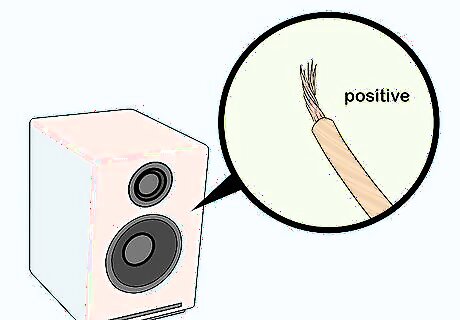
The copper wire is the positive wire in a speaker. On a standard wire used for things like speakers and amps, the silver strand is the negative wire and the copper-colored strand is the positive wire. These wires are often held together by a clear casing, but you can see through that (or look at the exposed wiring on the end).
Appliance Plugs or Power Cords
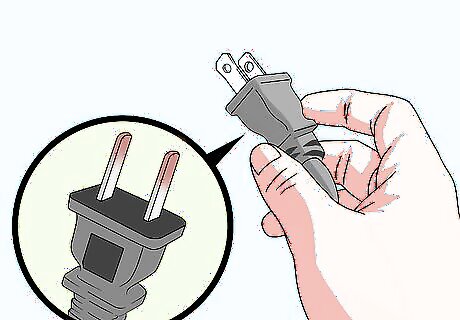
Power cords have hot and neutral wires rather than positive or negative. You don’t necessarily have to inspect the wire colors to tell these apart. For modern 2-strand appliance cords with 2-prong plugs, the longer prong connects to the neutral wire. If you're looking at exposed wires: The neutral wire is identified by a white stripe, ribbing or white insulation. The hot (live) wire has no ribbing or stripe; it may have black or red insulation. If the cord has a green wire (rare), it’s a ground wire.
Extension Cords
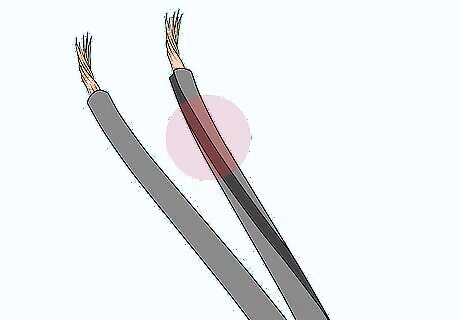
For extension cords, the ribbed wire is usually the negative wire. If you have a wire where both sides are the same color, which is typically copper, the strand that has a grooved texture is the negative wire. Run your fingers along the wire to determine which side has the ribbing. The smooth wire is the positive wire.
Testing with a Multimeter
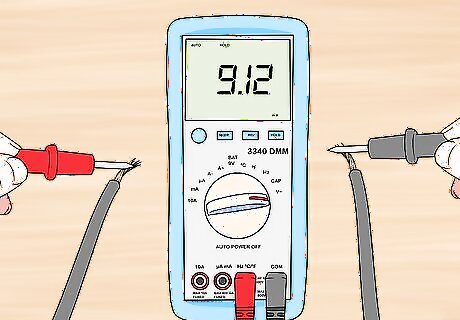
If all else fails, use a digital multimeter to figure out which wire is which. The multimeter will have 2 leads with small alligator clips on the end. Attach 1 lead to each wire. Clip the small alligator clip on the red lead to the end of 1 wire and the clip on the black lead to the end of the other. Look at the reading on the screen—you'll see a number and either a + or – sign. The number is the voltage reading. The + indicates positive current. The – indicates negative current.

















Comments
0 comment